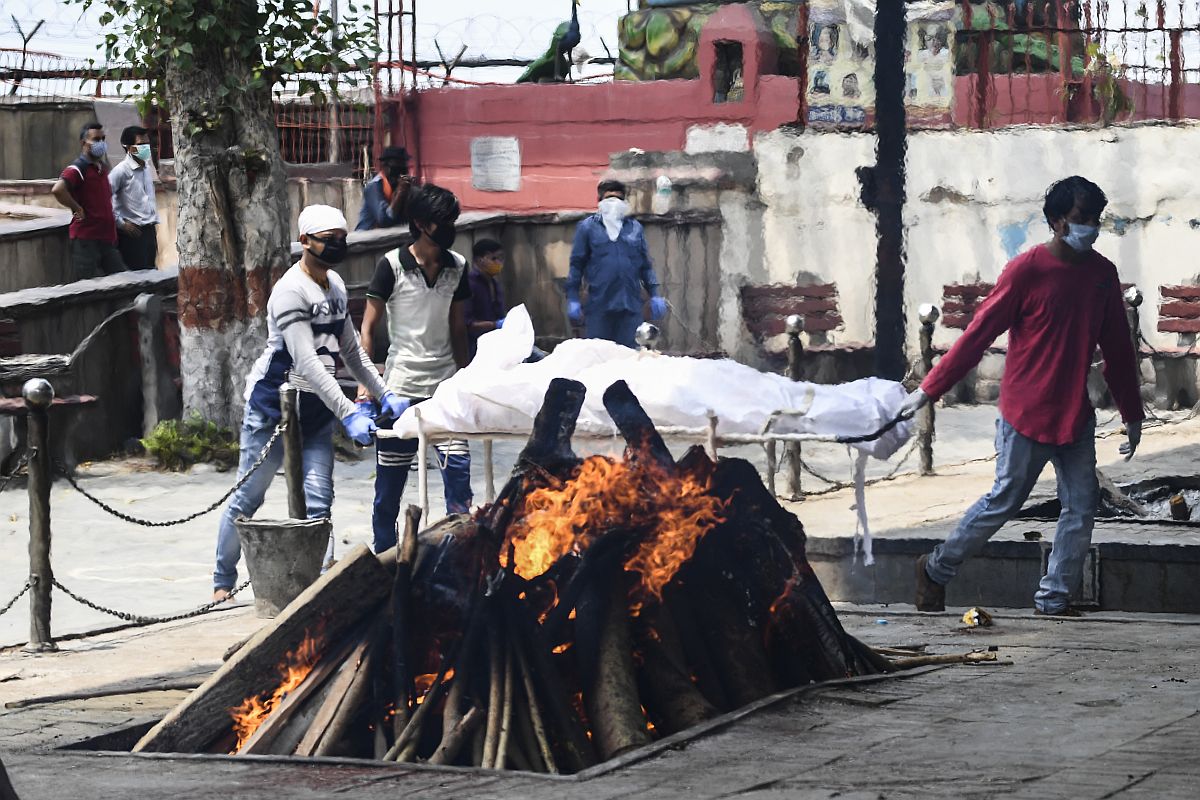Bodies of a couple recovered in Jamuria
A middle-aged couple was found hanging from a tree in a jungle near the north Searsole Colliery of ECL in Jamuria police station area today.
Initially wrapped in PPE kits during the peak of the pandemic, these bodies have now decomposed, leaving only bones behind, their identities lost amidst administrative neglect and bureaucratic indifference.

Representation Picture
For the past four years, the bodies of three unidentified individuals have been awaiting their final rites in the corridors of Chhattisgarh’s largest government hospital in the capital.
These individuals met their demise during the first wave of the COVID-19 pandemic back in 2020 while undergoing treatment at Dr Bhimrao Ambedkar Hospital.
Initially wrapped in PPE kits during the peak of the pandemic, these bodies have now decomposed, leaving only bones behind, their identities lost amidst administrative neglect and bureaucratic indifference.
Advertisement
Shockingly, even their relatives failed to inquire about their status after admission to the hospital.
Despite repeated requests from hospital authorities for the cremation of the deceased, bureaucratic delays citing elections or meetings have extended the wait indefinitely. Records of these bodies have also vanished, leaving no trace of their identities or gender.
The hospital management claims that as the cause of death was COVID-19, according to guidelines, the final rites must be authorized by a magistrate.
However, the lack of effort to ascertain their identities or perform their last rites is deeply concerning. With each passing day, the dignity of these deceased individuals fades away, buried beneath layers of bureaucracy and apathy.
In response to media inquiries, local authorities have pledged to investigate the matter and ensure proper cremation within the next few days, assuring to provide closure to these unfortunate souls.
However questions linger about systemic failures that allowed these individuals to slip through the cracks, highlighting the urgent need for accountability and compassion in state’s public administration and healthcare system.
Advertisement